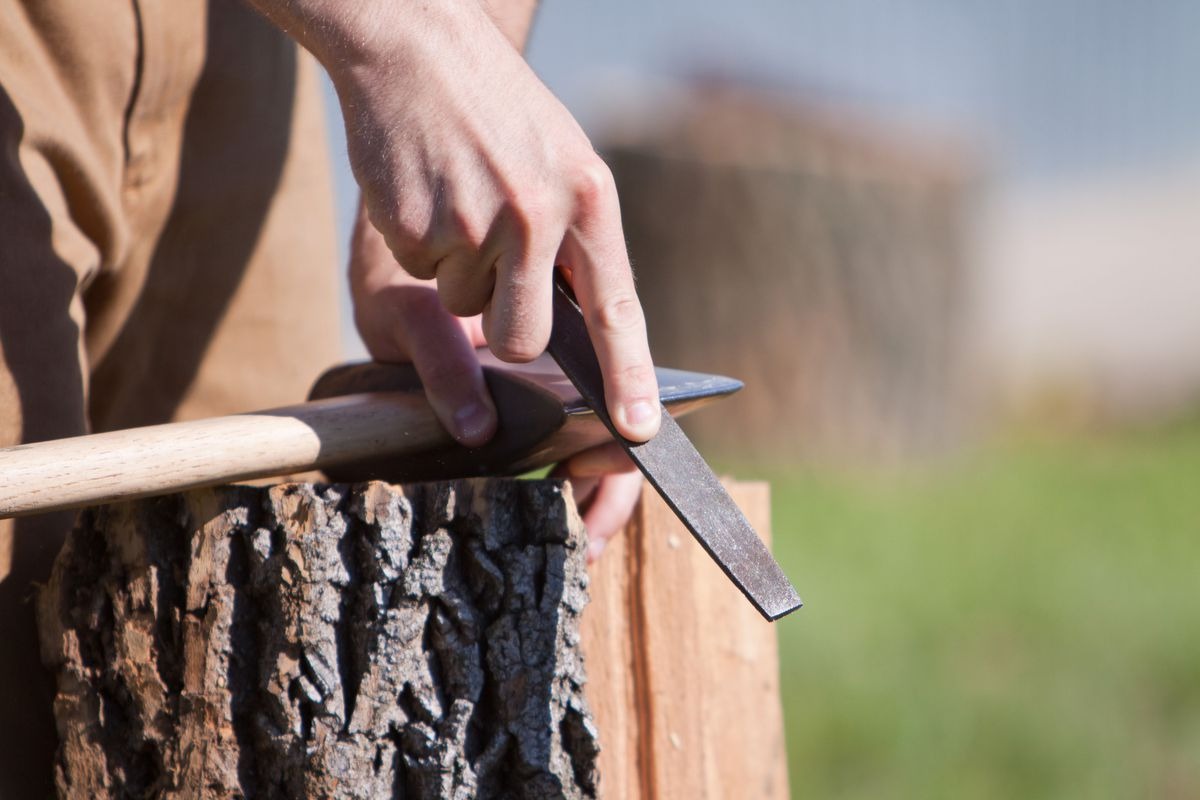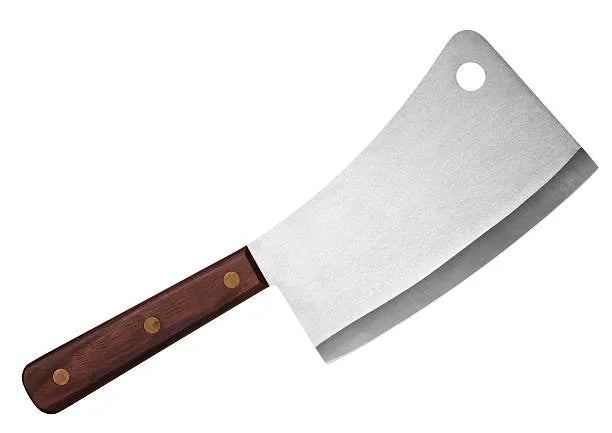
How to Sharpen an Axe?
To make an axe fit for use they also have to be honed to ascertain if they are functional or not. When the axe becomes blunt, chopping wood becomes a tasking activity and it is also risky. Here is a guide on how to sharpen an axe quickly with normal tools that are easily available.
Why Sharpen an Axe?
An axe is a rather strong tool, yet it can be used efficiently only if the axe’s blade is rather sharp. An old and blunt axe will need more energy to chop and this will cause fatigue, frustration, and possibly even an injury. It is recommended to sharpen the item frequently to avoid a dull edge that may pose a danger while in use.
When talking about Vikings one cannot avoid mentioning weaponry and among Viking weapons, people often mention Vikings Axe that served not only as a war weapon but also as a handyman’s tool. Browse more about Viking-inspired axes here!
What You Will Need to Sharpen an Axe
Before you begin, the following tools are required to be gathered:
- Sharpening stone or file
- Protective gloves (for safety)
- A leather strop (optional)
- A container of water (for cooling the blade)
- A clamp or vise (to lock the axe)
Looking for durability and elegance? A Damascus Steel Axe offers both strength and beautiful design. Learn more about its unique craftsmanship and benefits!
How to Sharpen an Axe Step by Step
1. Anchor the Axe
Attach the axe to a clamp or vise, placing it securely. This will help prevent it from moving, giving you a lot of control when sharpening the axe.
2. Inspect the Blade
Check the edge of the axe. Locate nicks, chips, or dull spots. If heavy damage has been done, you will possibly need to take a metal file and reshape the edge before sharpening it.
3. Utilize the Sharpening Stone or File
Now is when you will sharpen the blade. If using a sharpening stone:
- Moisten the stone with water to eliminate friction.
- Hold the stone 20 degrees to the edge of the axe.
- Push the stone in a slow, circular motion along the edge.
- Repeat both sides of the blade, allowing each side to be evenly sharpened.
If you're using a metal file, push this one way across the edge. Be careful not to go back and forth while using a metal file, as it will scratch the metal.
4. Maintain a Cool Blade
As you sharpen, the metal will heat up. To avoid the edge from losing its temper, and hardening, it is advisable to dip the blade in water often. This ensures the quality of the steel is maintained.
5. Polishing the Edge
After honing the axe, fine-hone hone using a piece of leather to polish it. This step refines the rough surface and gives the blade a high finish. Hold the strop at a low angle and pull the axe across it gently.
Test the Sharpness
After sharpening the axe use it on a piece of wood so that you can realize the results of the sharpening process. If it slices through easily then you know you have done a good job. Otherwise, you can repeat the sharpening process until you obtain the degree of sharpness you want.
If you are a wielder of an axe who wants a cutting edge more polished but not compromising on toughness then a Carbon Steel Axe is the best axe that one can use!
Tips for Maintaining Your Axe
- Sharpen the axe regularly, ensuring it is in good condition.
- Keep it dry and clean to prevent rusting.
- Add a few drops of oil on the handle to keep it potent and pliable.
The Bottom Line
How to sharpen an axe? - One does not have to go to a lot of extents to sharpen the blunt end of an axe. You can use the right tools together with a little patience in sharpening your axes. Good maintenance ensures that your axe functions effectively, is safe, and convenient to handle!
Need a reliable collection of cutting tools? Check out Knives Hives for top-quality knives and axes to suit all your outdoor and survival needs!








